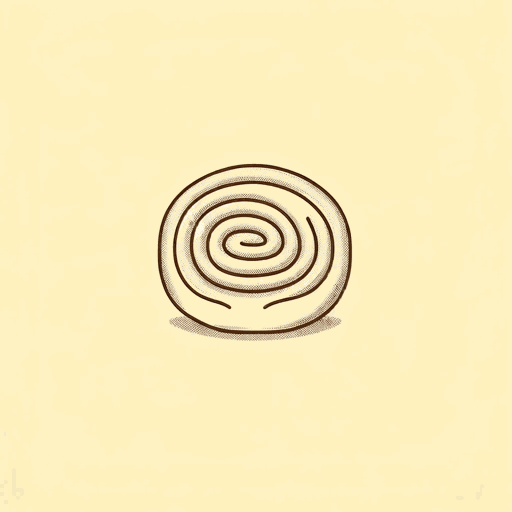28 pages • 56 minutes read
Raymond CarverA Small Good Thing
Fiction | Short Story | Adult | Published in 1983A modern alternative to SparkNotes and CliffsNotes, SuperSummary offers high-quality Study Guides with detailed chapter summaries and analysis of major themes, characters, and more.
Story Analysis
Analysis: “A Small, Good Thing”
In “A Small, Good Thing,” Carver conjures one of his most famous stories, one that in both content and style exemplifies the writer’s oeuvre. Carver led a peripatetic life and for much of the 1970s battled alcoholism (King, Stephen. “Raymond Carver’s Life and Stories.” The New York Times, 19 November 2009). He leaned toward writing poetry and short stories out of expedience; he could produce either of these forms in a single sitting, allowing for a high turnover despite his sometimes tumultuous lifestyle. “A Small, Good Thing” is one of Carver’s works that helped revitalize the American short story, so examining his approach and what he’s portraying in this story is worthwhile.
Carver conveys a sense of the Weisses’ lives, particularly when he introduces Howard: “Until now, his life had gone smoothly and to his satisfaction—college, marriage, another year of college for the advanced degree in business, a junior partnership in an investment firm. Fatherhood” (379). Howard and Ann seem to have a comfortable social rank and communicate well with professionals like Dr. Francis—but are aware of their difference from, say, the Black family Ann encounters at the hospital. Ann apparently doesn’t have a job and is a full-time homemaker.
Related Titles
By Raymond Carver






